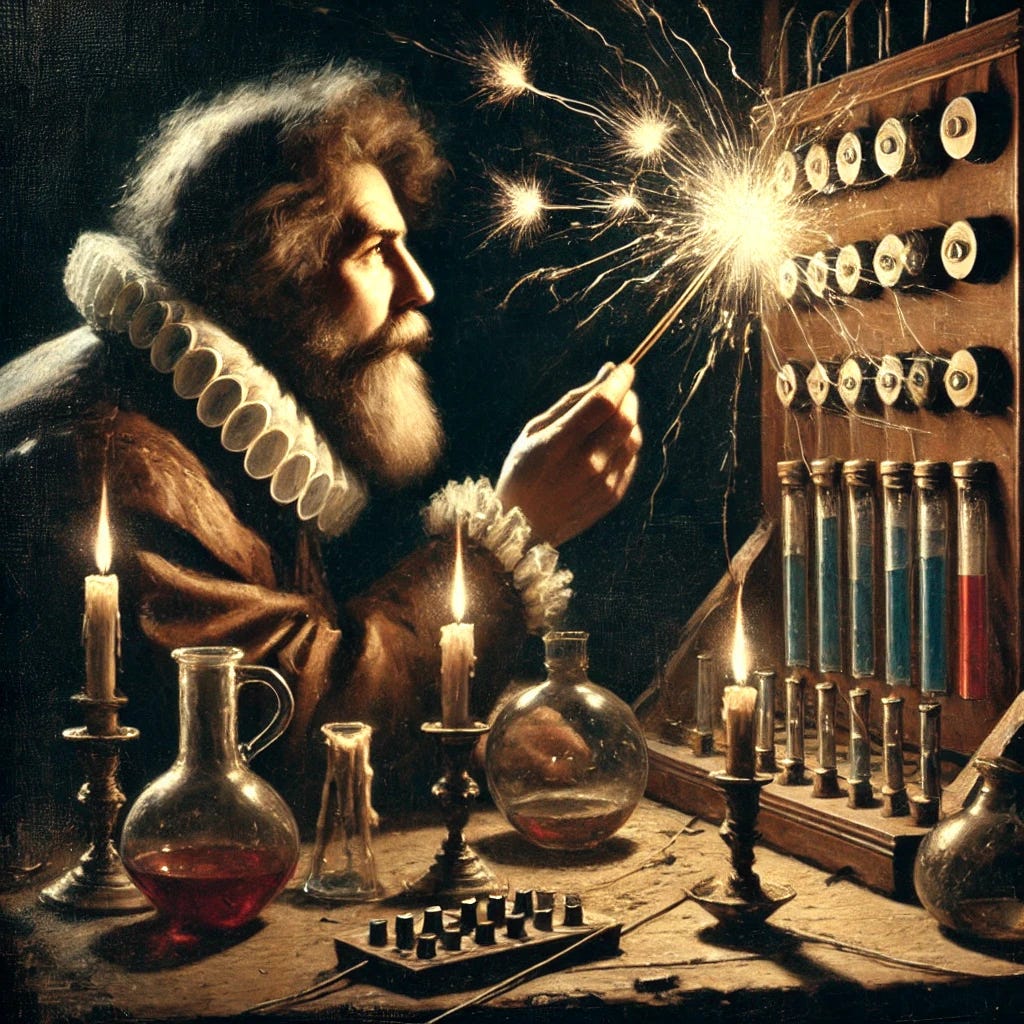Pee is pretty gross. That’s not a value judgment against urine, but instead a way to describe what happens when volatile organic compounds, or VOCs connect with olfactory sensors in your nose.
If urine is particularly smelly, it might be full of pathogens. It’s conceivable (although far from certain) that we gradually developed this particular aversion over time so that we learned to be repulsed by things that might harm us.
Regardless, in spite of its apparent ickiness, urine has also long been a prized commodity for governments, queens, and kings. You can read all about how King Charles I in England ordered his subjects to save their urine for gunpowder here:
Long before gunpowder was invented, pee was used to help dye clothes. The ammonia helped the dye set in, and it also proved useful in making soap. In sum, urine was gross, but it was also very valuable, so specialized workers throughout history have been employed to collect this yellowish liquid gold.
A German chemist working in 1828 changed everything.
His name was Friedrich Wöhler, and he was curious about chemistry from a very early age. His father was a veterinarian, so he helped young Freddie build a lab in the house. Although he graduated with degrees in medicine, chemistry remained his main passion throughout life.
One day, when he was about 28 years old, Wöhler ran an experiment designed to synthesize ammonium cyanate, mainly to better understand how silver cyanate and ammonium chloride would combine. Wöhler’s approach was consistent with the “throw it at the wall and see what sticks” approach employed by chemists at the time.
The crystals he produced were similar in nature to what he expected to see, but upon closer examination, it was quickly evident to Wöhler, based on their chemical properties, that this wasn’t ammonium cyanate.
Instead, Wöhler had stumbled on something truly remarkable. Up until that point, there was a prevailing view that there were certain substances that could only be produced by living things.
This idea was called vitalism, and it was an incredibly dangerous limiting factor for curiosity. There was some kind of vital force that only we (and other living things) have that is responsible for these substances, and that same force allowed us to move.
By making urea, then, Wöhler had smashed one side of this flawed framework to bits. Urea was no more mysterious than any other chemical compound once you understood how to synthesize it from inorganic materials.
The other half of this framework—that animals moved because of this vital force—was also debunked around this time. It was Luigi Galvani who tore the other side down by shocking dead frogs. Morbid, sure. Groundbreaking science? You bet.
Mary Shelley’s Frankenstein; or, The Modern Prometheus was published in 1818, right in between Galvani and Wöhler. In her revolutionary work, she dives in to these thorny issues headfirst, proposing that animation from life isn’t really anything special.
It might be fair to say that Galvani cracked this door open, Shelly kicked it open wider, and Wöhler took the door right off its hinges forever. Even though there was no door, people still stayed on the side of vitalism for a while longer, clinging to their beliefs and poo-pooing Wöhler’s results, but repeated similar experiments made these objections less and less rational over time.
Ever since then, we’ve been thinking about how we humans are part of the universe, not something apart from it. This revolutionary understanding has made a tremendously positive impact on medicine, biology, and chemistry over the last two centuries.







But has anyone researched whether Frankenstein's monster is capable of independently producing pee? This seems like a critical piece of the puzzle.
Funny, I am dealing with pee issues right now. Getting old sucks.